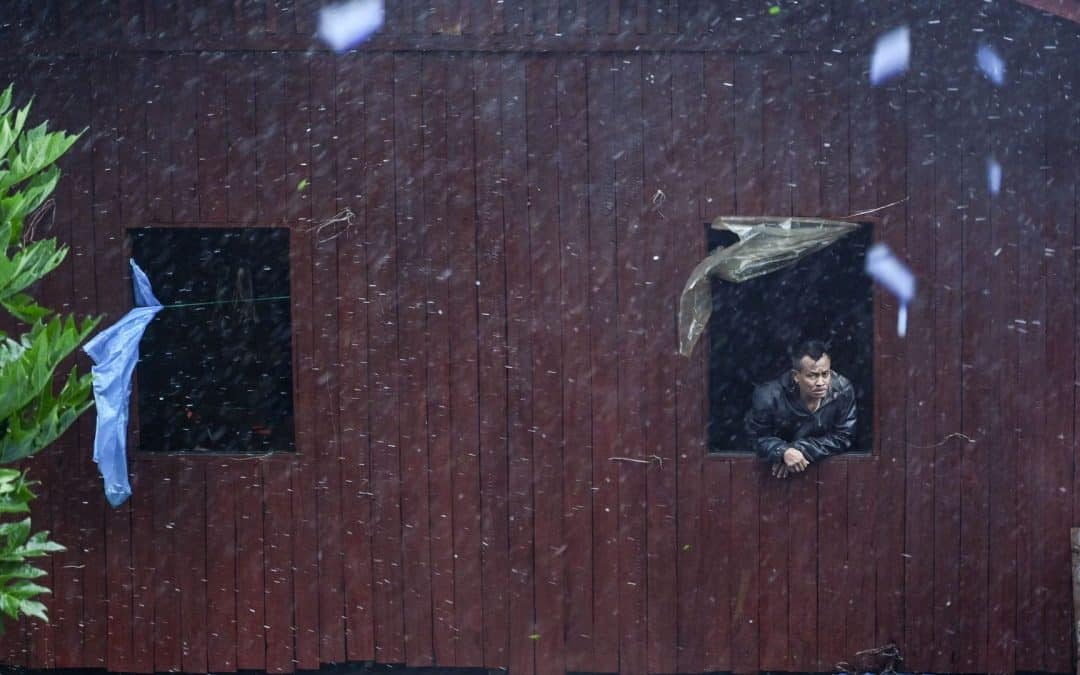Tropical Cyclone Mocha, which struck Myanmar and Bangladesh as a high-end Category 4 storm on Sunday, is a catastrophic example of a rapidly strengthening storm — one that leaps multiple intensity categories, Andrew writes.
Why it matters: Rapid intensification, along with higher rainfall rates, are key ways that climate change is influencing nature’s strongest storms.
- Studies show such storms are becoming increasingly common and the magnitude of the rapid intensification is rising.
Threat level: Aid organizations are scrambling to respond to Cyclone Mocha, which struck just north of Sittwe, Myanmar, packing maximum sustained winds of 155 mph, making it a high-end Category 4 storm.
- At its peak intensity about 8 hours before landfall, it had maximum sustained winds of 175 mph. That put it tied for first place on the list of the most intense tropical cyclones on record for the North Indian Ocean Basin, per meteorologist Jeff Masters.
Zoom in: Cyclone Mocha went through at least two major bursts of rapid intensification, with sustained winds climbing by at least 90 mph in 48 hours.
- When examining its strengthening over a shorter period, when the storm’s winds climbed by 60 mph, Cyclone Mocha ranks among the top 1% of all rapidly intensifying storms in the Bay of Bengal, according to meteorologist Kieran Bhatia.
- Conditions were ideal for rapid intensification, with light winds aloft and warm ocean waters from the surface to deeper depths.
Between the lines: Several recent studies have pointed to climate change as a key suspect behind shifts in the frequency and magnitude of rapidly intensifying storms.
- For example, a 2020 study published in the Proceedings of the National Academy of Sciences found that tropical cyclones are now more likely to reach higher categories across much of the globe.
- In addition, a 2019 paper in the journal Nature Communications found a trend in Atlantic hurricanes toward more rapid intensifiers during the 1982-2009 period that was unlikely to be from natural climate fluctuations alone.
- Another paper, published last year, found that “extreme rapid intensification events,” with sustained winds that increased by at least 57 mph in 24-hours, have become more common worldwide.
What they’re saying: “If you increase the available energy that a cyclone can convert into wind, you increase the likelihood of more rapid intensification events that result in more category 4 and 5 storms,” said Jim Kossin, a meteorologist at The Climate Service, a sustainability intelligence company.
- “Climate change is increasing this available energy.”
- Karthik Balaguru, a climate scientist at Pacific Northwest National Laboratory, urged caution about directly attributing Cyclone Mocha’s intensification to climate change, but said the storm’s behavior is consistent with research findings.

